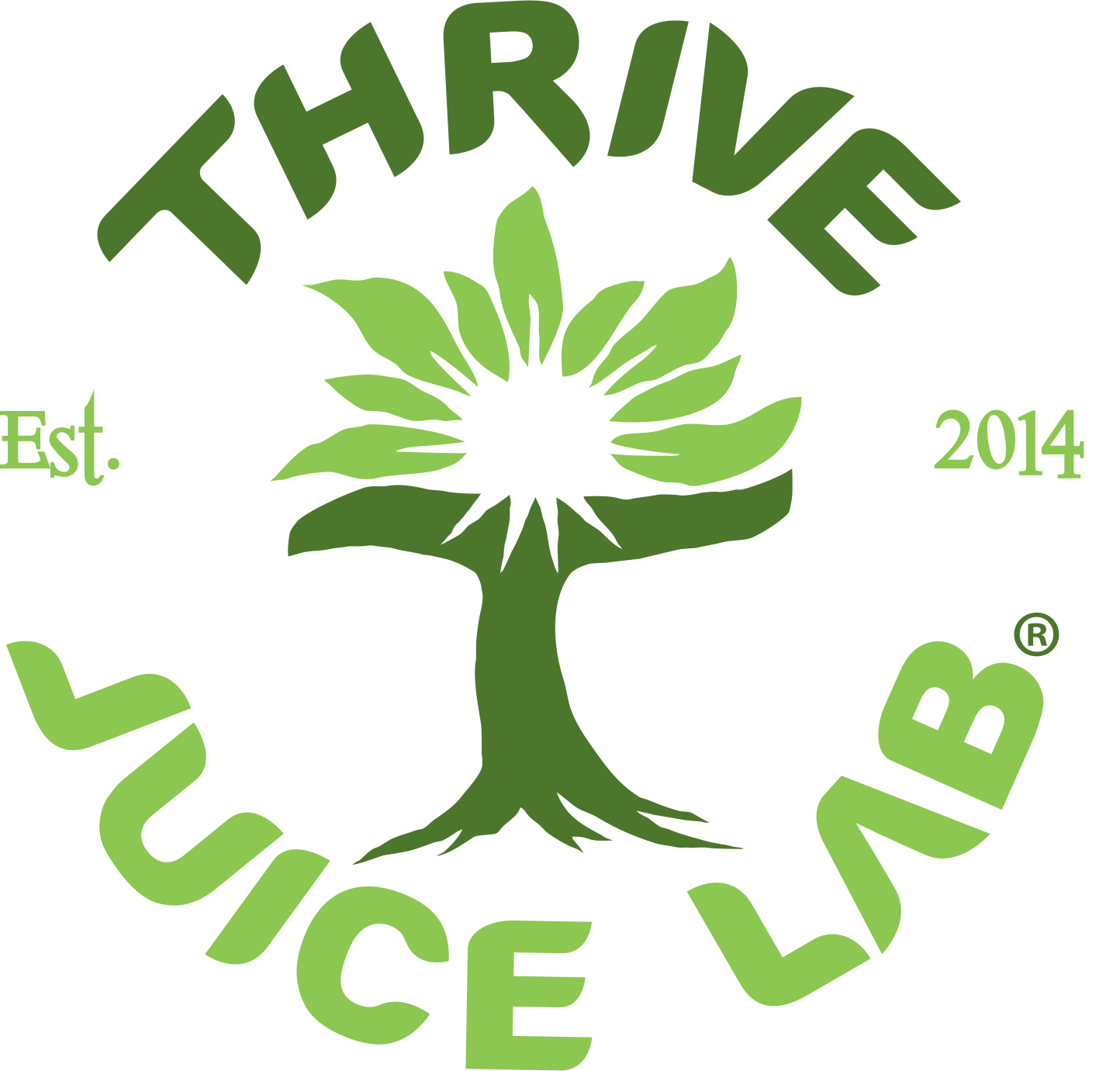Why choose ‘Cold Pressed’ Juice?
Our juice is cold pressed FRESH at each location daily and always bottled in glass by hand!
Centrifugal Juicers
The most widely available and traditionally used juicer in the home (and many juice bars) is a centrifugal juicer. These appliances extract juice with a fast-spinning metal blade that spins against a mesh filter, separating juice from the fruit/vegetable fl esh via centrifugal force. As the blade inside this juicer spins it generates heat, destroying enzymes and micronutrients in the process. This heat also creates oxidation (which is what ages us), rendering the nutrients that do make it into your juice less pure. While even cold pressed juice starts to naturally separate after time, centrifugally produced juice begins to separate almost immediately due to premature oxidation during the extraction process. Centrifugal juicers also produce a juice that usually is quite foamy - and that foam is made up of air bubbles, exposing your juice to continued nutrient loss. In order to receive a real benefit from centrifugal juice, you need to drink it within 20 minutes of it being made.
Cold Press Juicers
The cold pressed method gently and slowly shreds the produce into a fine pulp (called "slurry") and places it in cloth press bags. Once the slurry is ready, the filled press-bags are placed in the press. The two stainless steel plates press together placing thousands of pounds of pressure on the pulp to extract every last drop of juice. This little-to-no-heat method results in a juice that’s not only superior in flavor but also in nutritional value, containing up to fi ve times the amount of vitamins, trace minerals and enzymes as a typical centrifugally-produced juice. Cold pressed juice may be bottled and kept fresh for 72 hours. A professional lab test was conducted to compare the quality of juice between the cold press, a leading centrifugal juicer and a slow-process homogenizer juicer (also known as a masticating juicer). Equal five-pound samples of carrots, parsley and celery were individually juice between a centrifugal juicer, a homogenizing juicer and the cold pressed Juicer. The following graph represents the lab-tested results:
All fruit and vegetable juice found at the supermarket must be processed and treated to maintain a longer shelf life as required by the Food & Drug Administration. Most commonly adding preservatives and pasteurizing accomplishes this. Pasteurized juice is heated to a high temperature for a short time before it is sold. While that may sound fine, pasteurization kills the vital raw vitamins, enzymes and trace minerals making the juice nutritionally pointless. To put it simply, the juice is cooked. A newer "alternative" method to pasteurization, known as high-pressure pascalization, bridgmanization, high pressure processing or (most simply) HPP, is a method of preserving and sterilizing food, in which a company send their fresh pressed juices out to a factory that submerges the bottles under water and bombards them with up to 50,000 lbs. per square inch of pressure (HPP) and then ships the juices back to the juice manufacturer who then releases them into the wholesale distribution chain with an expiration date of twenty to sixty days later. Simply put, when you drink an HPP juice, you may be drinking a "fresh" juice that is 20+ days old. Keep in mind that companies that use HPP are able to promote their product as raw, organic and unpasteurized. To us, a processed product of any kind is NOT raw. If you are buying your juice at a grocery store or a supermarket, you can bet your bottom dollar that it has been processed by either heat-treatment pasteurization or HPP. The only way you can get a truly fresh, raw, and unpasteurized product is by buying from a juice bar that utilizes a cold press juicer in house like we do at Thrive Juice Lab!
These Statements have not been evaluated by the Food and Drug Administration. These products are not intended to diagnose, treat, cure or prevent any disease.



